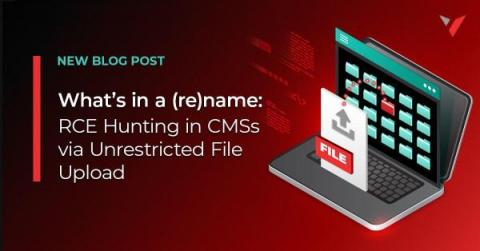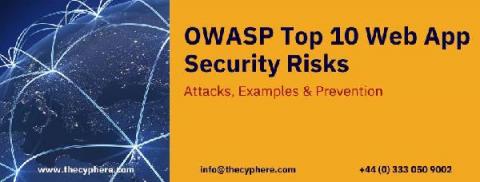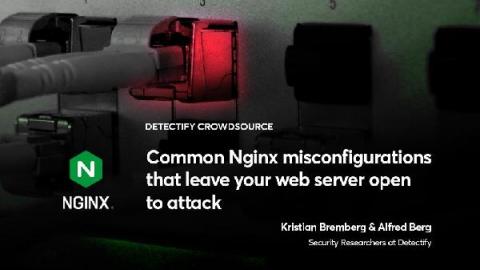Preparing for PCI DSS 4.0: what you need to know
The PCI DSS is a minimum set of requirements designed to help organisations protect customer cardholder data, minimise fraud, plus prevent, detect and respond to cyber-attacks. All organisations that accept and/or process credit card payments are required to undertake an annual PCI DSS audit of security controls and processes, covering areas of data security such as retention, encryption, physical security, authentication and access management. Version 3.2 of the PCI DSS was introduced in 2016.











